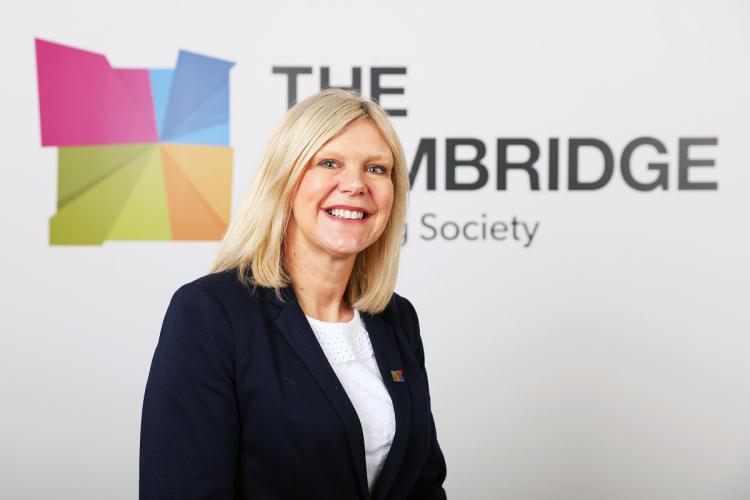
Gen H launches a part capital repayment and part interest only mortgage product to support first-time buyers and those with small deposits.
The product means buyers have to bring at least a 5% deposit and take up to 80% of their mortgage on an interest only basis. Buyers must also take the remainder of the mortgage on a capital repayment basis.
They own 100% of their home and can overpay as normal to reduce their capital balance.
In addition, buyers will need a household income of at least £50,000.
The new product is aimed at those who are currently renting or who have a small deposit and can’t afford a standard capital repayment mortgage.
Gen H chief commercial officer Pete Dockar says: “For most people, the path to homeownership isn’t straightforward. In a country where the average house price is 8 times the average salary – to say nothing of places like London – the best mortgage products are those that can be carefully tailored to suit the needs of individual buyers.”
“Part and part mortgages do exactly that. No more renting. No need for family help. And unlike shared ownership, there’s no staircasing, no frustrating administration, and no rent to be paid; just 100% homeownership from day 1.”
“We are thrilled to make this product available to our broker panel and to the growing number of clients they may now be able to support.”
Also commenting on Gen H’s latest launch is John Charcol mortgage technical manager Nicholas Mendes, who states: “Part and part mortgages already exist, but Gen H stands out by offering them up to 95% LTV with the interest only element permitted up to 80% LTV and a clear £50,000 household income minimum.”
“The big advantage is flexibility, because borrowers who narrowly miss full repayment affordability can dial in an interest only slice to bring the monthly cost within reach while still owning 100 percent from day one and retaining the ability to overpay.”
“The trade-off is that any interest only balance must still be cleared at the end of the term, so borrowers need a credible plan via overpayments, future income, or equity growth. Costs should also be assessed on a true cost basis rather than just the headline rate, including fees and any early repayment charges.”
Mendes suggests the product is not “inherently dangerous” but “the risk lies in using the interest only element purely to stretch affordability without a realistic repayment strategy”.
However, he expects “strong interest from would-be first-time buyers buyers who are paying high rents yet fall just short on standard repayment affordability”.
He adds: “Uptake will ultimately depend on where pricing lands versus other 95 percent LTV options and on broker confidence in recommending the structure for the right customers.”
Discussing whether this kind of product will help fuel the housing market and house prices, Mendes comments: “This kind of product is more likely to support transactions than to push prices materially higher. It primarily helps buyers who are already in the market but currently miss out on affordability, rather than creating a wave of brand-new demand.”
“If adopted widely it should improve liquidity at the first-time buyer end of the market, but it is unlikely on its own to drive a significant house price acceleration.”



